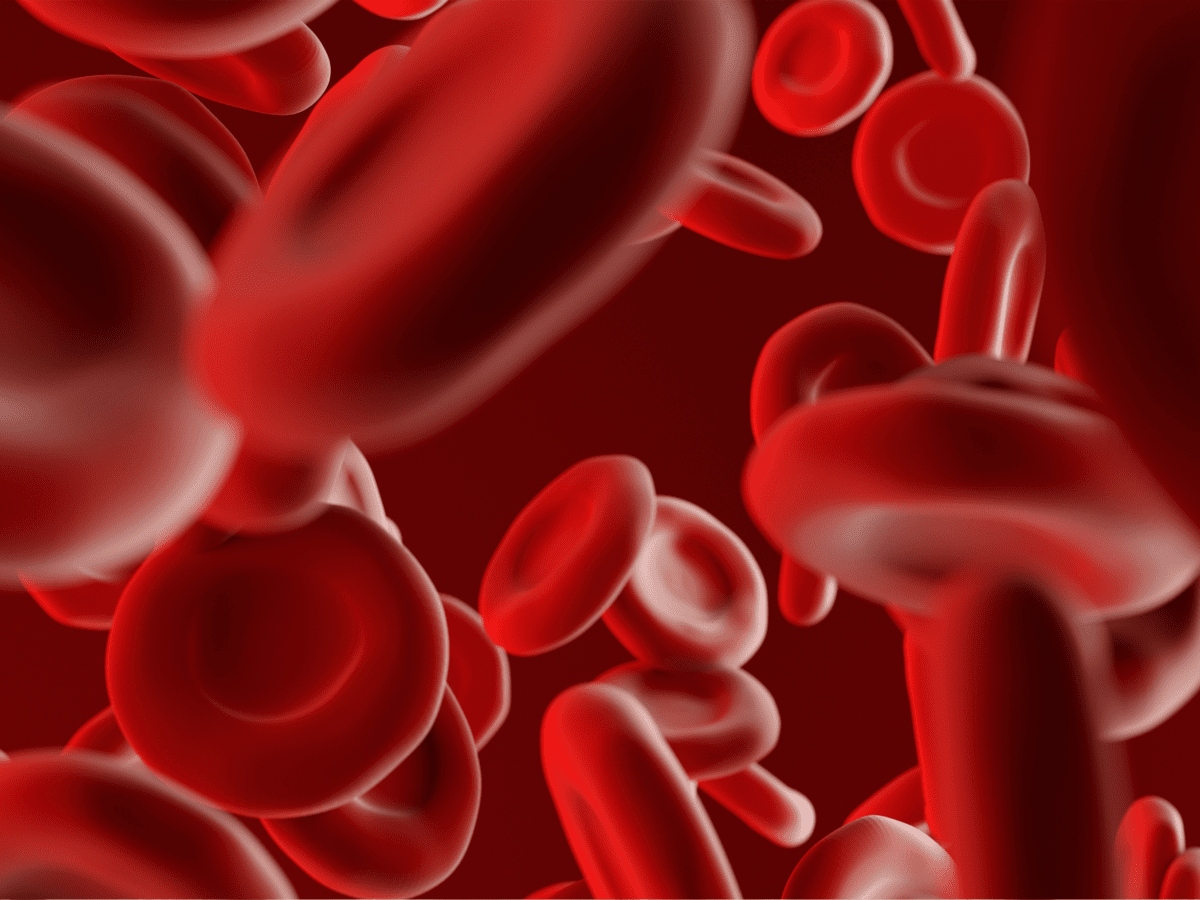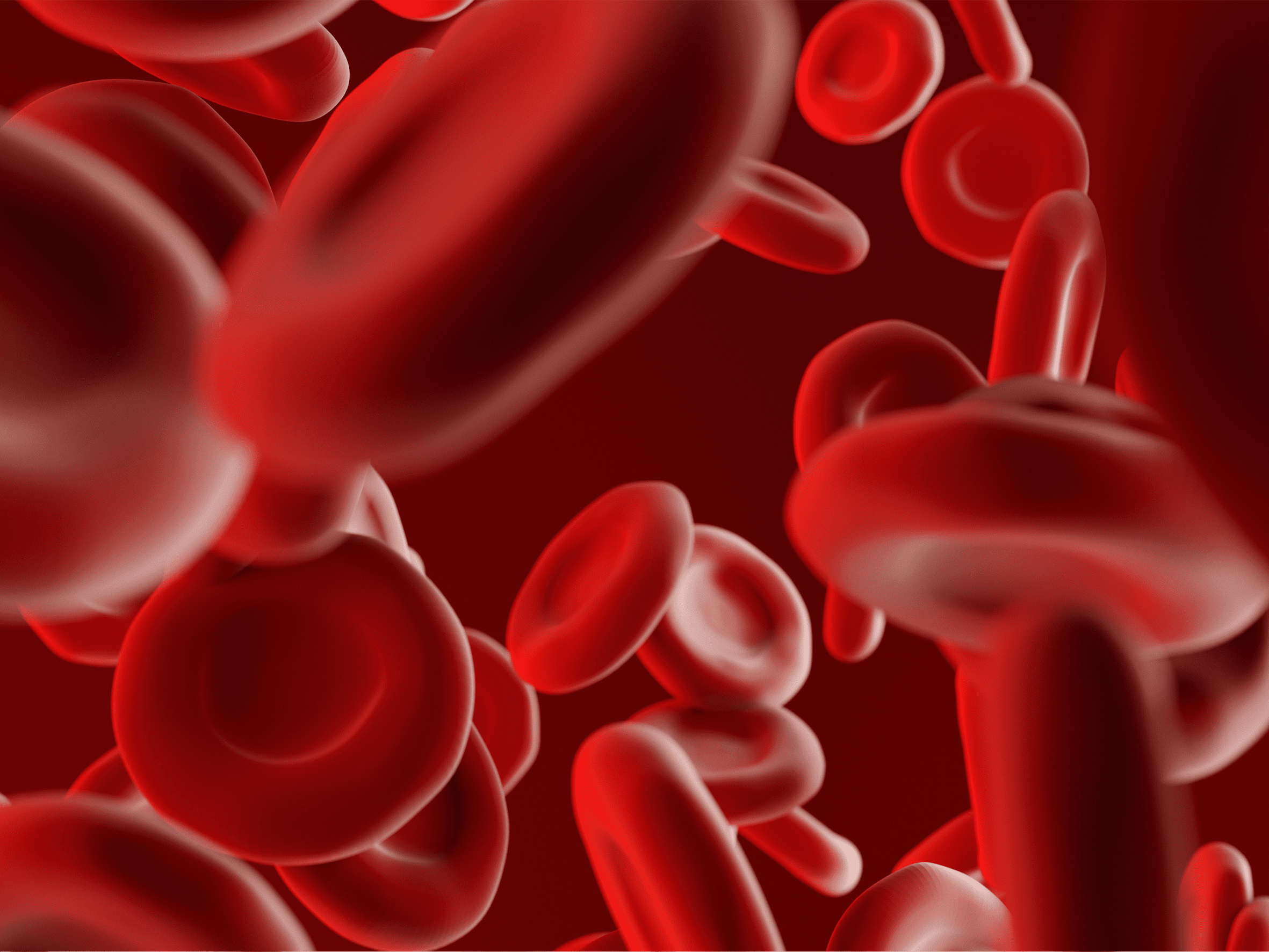Dated December 7, 2022

Photo: Shutterstock.com/Vladimir Zotov
In the end, many conclusions can be drawn from a few milliliters of blood. But what values are examined in the small blood count and what do they say?
If your clients complain of non-specific symptoms such as tiredness, exhaustion, insomnia or dizziness, a complete blood count can provide more clarity. In general, the smooth flow of blood formation and breakage is checked. Acute or chronic infections, symptoms of deficiency or anemia can be detected.
A small puncture and after a short time the tubes are well filled. The more pronounced the arm vein is, the easier it is to draw blood.
Blood cells include red blood cells (erythrocytes), white blood cells (leukocytes), and platelets (thrombocytes). Our blood volume is made up of blood cells, which make up about 45 percent, and blood plasma (55 percent). Attention: Values such as cholesterol, iron, urea or uric acid are not determined in the small or large blood count. This requires a blood serum test, which is obtained from blood plasma.
Also interesting to know: the patient does not have to be on an empty stomach due to the small or large blood count. Only blood cells that are hardly affected by food intake are examined. It is therefore allowed to eat and drink beforehand.
Difference between small and large blood count
The small blood count examines the number, shape, and size of blood cells and the concentration of the red blood pigment (hemoglobin).
The complete blood count contains all values from the small blood count. Also, leukocytes are examined more closely and differentiated into different types. The percentage in the blood is then determined.
Small blood picture normal values
Ery – red blood cell count
- Erythrocytes carry oxygen from the lungs to the cells and release carbon dioxide into the lungs. The number per µl of blood is determined.
| you was | Women: 4.1 – 5.2 million per µl | Men: 4.5 – 5.9 million per µl |
- Possible causes for values outside the normal range:
- too low – possible anemia, high blood loss
- too high – lack of oxygen, hormonal disorders, doping, leukemia
Leuk – leukocyte count
- Leukocytes are responsible for defense against pathogens.
- The number per µl of blood is determined.
| Beautiful | Females: 4,000 – 10,000 per µl | Men: 4,000 – 10,000 per µl |
- Possible causes for values outside the normal range:
- too low – immune deficiency, bone marrow disease
- too high: infections, inflammation, autoimmune diseases
Thrombus – platelet count
- Platelets are responsible for blood clotting. If the values are too low, the risk of bleeding from injuries increases and wounds have more difficulty healing.
- Here, too, the number per µl of blood is determined.
| Trumpet | Females: 150,000 – 380,000 per µl | Men: 150,000 – 380,000 per µl |
- Possible causes for values outside the normal range:
- too low: blood loss, injury or injury to blood vessels, bone marrow damage
- too high: infections, inflammation, tumors
Hkt – hematocrit
- This value indicates the percentage of blood cells in the blood and shows the ratio of blood cells to blood plasma. The higher the value, the thicker the blood and the easier it is for blood clots to form.
| Hkt | Females: 37-45% | Men: 42-50% |
- Possible causes for values outside the normal range:
- too low: anemia, endurance sports
- too high – lack of oxygen, doping
Hb – hemoglobin concentration
- Hemoglobin is the red blood pigment. Binds oxygen and carbon dioxide in the blood so that red blood cells can carry them.
- The hemoglobin concentration in grams per deciliter of blood is determined.
| hb | Females: 12-16 g/dl | Men: 13 – 17 g/dl |
- Possible causes for values outside the normal range:
- too low: iron deficiency, kidney disease, gastrointestinal disease
- too high – lack of oxygen, doping
MCH – amount of hemoglobin
- The value indicates the average hemoglobin content
- The amount of hemoglobin per erythrocyte is determined
| MCH extension | Females: 27 – 34 p | Males: 27 – 34 p |
- Possible causes for values outside the normal range:
- too low: iron deficiency, vitamin B6 deficiency
- too high: vitamin B12 deficiency, folic acid deficiency
MCHC – average hemoglobin concentration
- The average concentration of hemoglobin per erythrocyte is determined.
| MCHC extension | Women: 32 – 36 g/dl | Men: 32 – 36 g/dl |
- Possible causes for values outside the normal range:
- too low: iron deficiency, vitamin B6 deficiency
- too high: spherical cell anemia
MCV – average cell volume
- The value indicates the average volume of erythrocytes.
| MCV | Females: 85 – 98 fl | Men: 85 – 98 fl |
- Possible causes for values outside the normal range:
- too low: iron deficiency, vitamin B6 deficiency
- too high: vitamin B12 deficiency, folic acid deficiency
This may also interest you
More from this category


